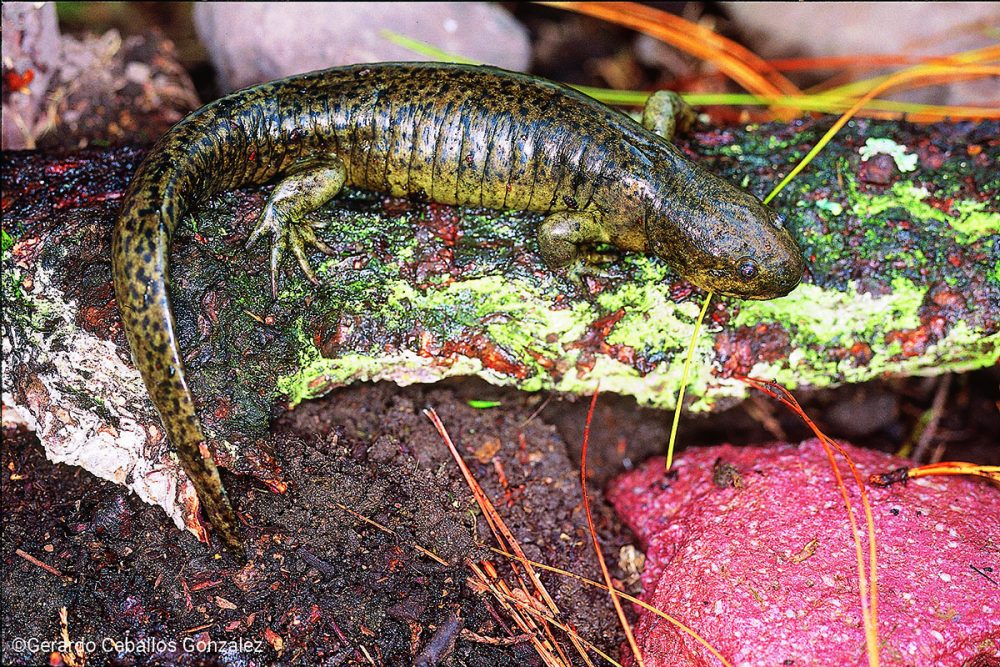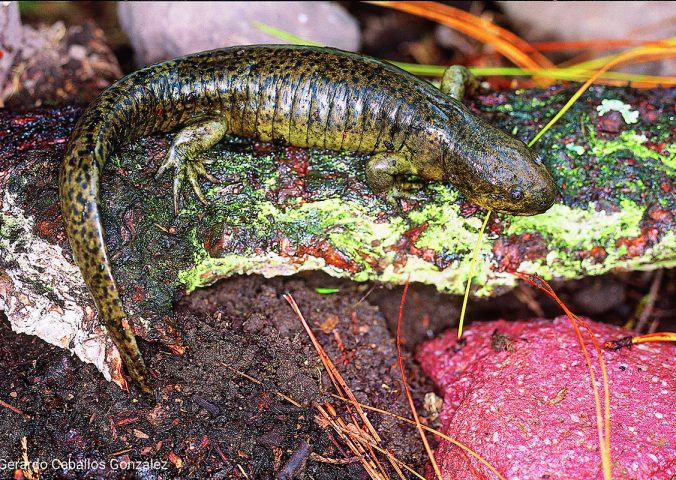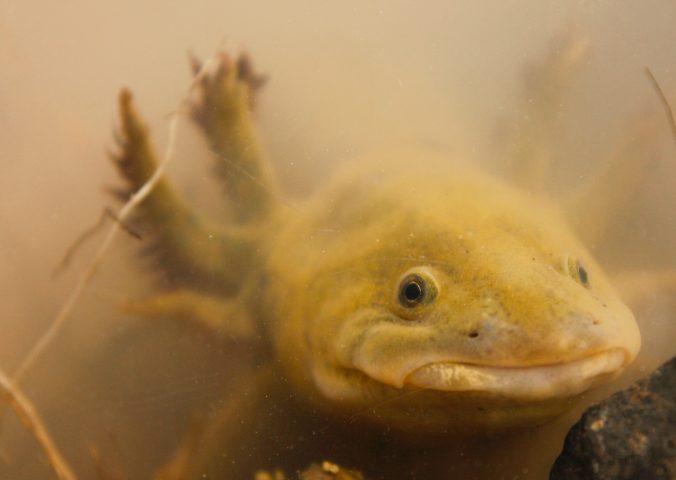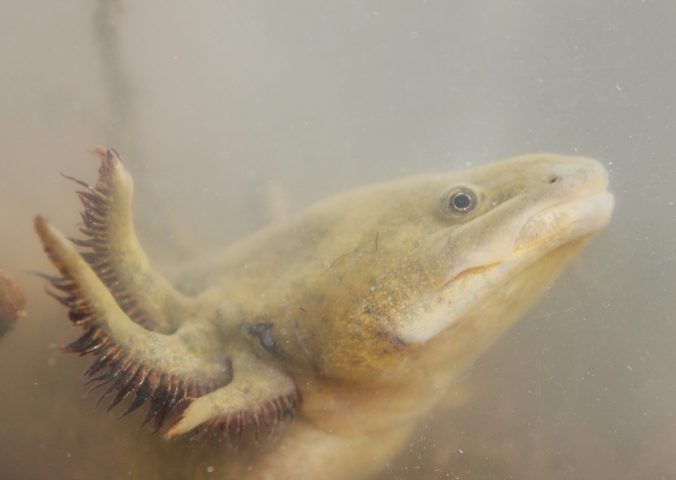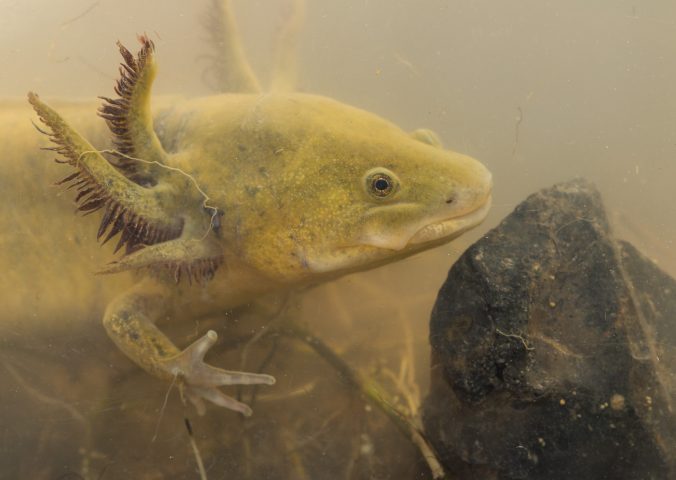About
The granular salamander, unlike many of its close relatives, is a fully metamorphosing species of mole salamander. It therefore develops into an adult form, losing its larval characteristics such as gills and fins, and developing adult traits such as eyelids and functioning lungs.
Mole salamanders belong to the family Ambystomatidae, which is one of the most primitive lineages of salamanders. Ambystomatid salamanders diverged from all other salamanders over 150 million years ago, in the Late Jurassic. This is around the same time kangaroos and humans last shared a common ancestor!
The granular salamander is listed as Critically Endangered by the IUCN Red List as it is known only from a single small area on the periphery of Toluca city, Mexico. There is declining availability and quality of the required habitat for the species, and the population is also thought to be in decline.
Introduced predatory fish are the major threat to this species, but there is also habitat clearance and degradation due to extensive urban and agricultural expansion, leading to the desiccation and pollution of its breeding habitat. This species does not occur in any protected area, and the conservation and restoration of its habitat is urgent. Captive breeding is a possible conservation method.
- Order: Caudata
- Family: Ambystomatidae
- Population: Unknown
- Trend: decreasing
- Size: 140-170mm
EDGE Score
Distribution
This species found in Toluca city, Mexico, at 3,000 metres above sea level.
Habitat and Ecology
This is a metamorphosing species spending most of its time on land in grassland habitat. It breeds in marshes and dams as well as small pools and ponds, both artificial and natural. There is no parental care.
